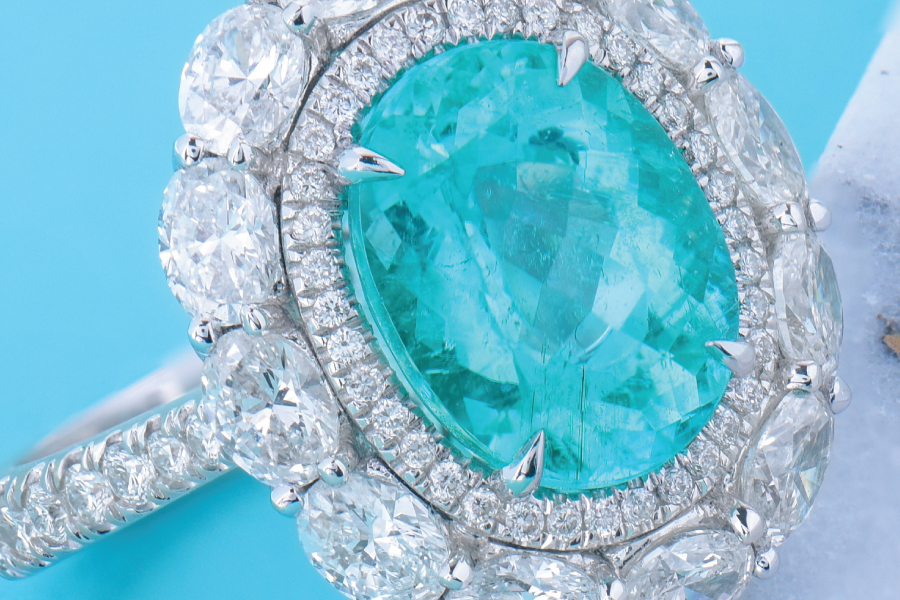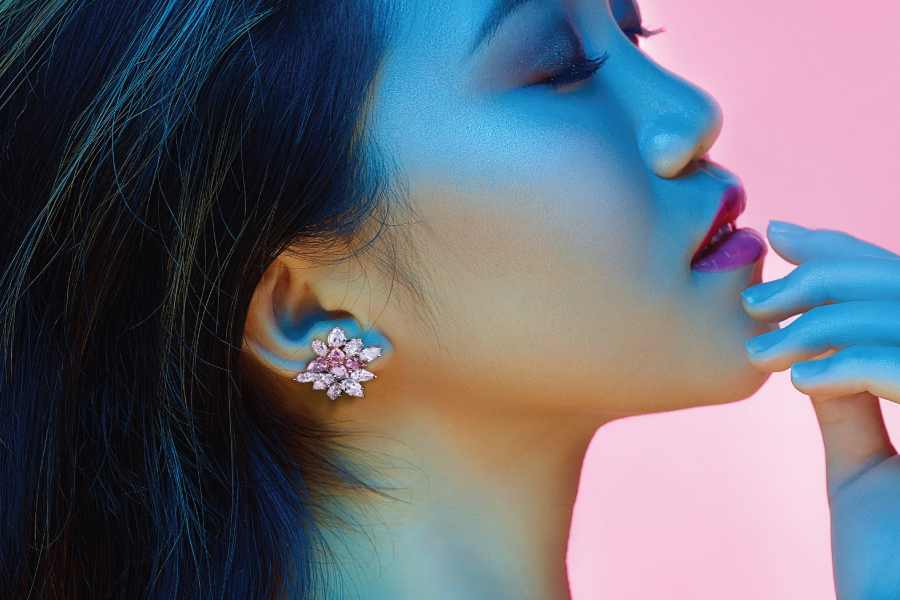It's no secret that diamonds are extremely expensive. Even the cheapest, lowest carat diamond will most likely eat up a significant portion of your savings. The price of a diamond, on the other hand, is sometimes overlooked in favour of its sentimental worth. As a result, the owner who identifies a diamond with their wedding or engagement, is generally extremely valued. Diamonds are known to represent strength, prosperity, and eternal love. Their toughness has only added to this image, yet the issue remains: are they indestructible, or can a diamond be scratched? Are synthetic diamonds more durable than natural diamonds?
Is it Possible for Diamonds to Be Scratched?
Diamonds are known for their hardness which is measured on the Mohs scale with a rating of 10. Diamonds are nearly scratch-proof and are one of the few gemstones that can endure damage from almost any other substance — with the exception of another diamond, of course. However, this does not mean that diamonds are impervious to damage, as is a frequent myth.
Diamonds are the hardest substance on the planet, with an absolute hardness of 1500. This makes them far tougher than corundum (sapphire and ruby), which ranks ninth in terms of absolute hardness with a rating of 400.

Perfect azure diamond ring
Does the diamond's setting influence the risk of scratching?
Diamonds are the hardest substance on the planet, However, this does not mean that diamonds are impervious to damage, which is a widespread fallacy. If you hit a stone in a "soft area" with enough force, it can chip, fracture, or do other damage. This is why, in the days before computers, cutters would study a stone for weeks or even months before committing to cutting a legendary piece of rough: one wrong cut and the valuable diamond may shatter.
A diamond's susceptibility to scratching is influenced by a variety of factors. The diamond is frequently exposed to external sources of damage, such as scratching, due to its positioning. This improves the appearance of the stone, but it also makes it more vulnerable to injury.
Unfortunately, diamonds are susceptible to damage during the setting process, when the stone is secured to the ring band. In order to correctly set a diamond, pressure must be given to it, and in certain circumstances, this pressure chips or cracks the diamond, especially with fancy shapes like marquise, pear, and hearts.
If a diamond already has a flaw, such as a cavity, the chances of it being harmed during setting are higher.
In case you weren't aware, the colour of a diamond has no bearing on its hardness. Yellow, pink, and even rarer colored diamonds scratch each other in the same way as white diamonds do.
Is it possible to scratch a diamond using sandpaper?
A diamond cannot be scratched by sandpaper. Sandpaper grit has a hardness of 7 to 9 on the Mohs scale, making it softer than a diamond.
Many people use sandpaper to determine whether a diamond is genuine or not. This makes sense because it's one of the simplest tests you can do, but you risk damaging the gem if it's not a diamond. If you must conduct this type of test, exercise caution while examining the genuineness of stones placed in rings or other settings. Gold and silver jewellery will be harmed by sandpaper.
However, some sandpaper grit is created from synthetic sapphire, which can harm other jewels such as emeralds and rubies. If you have jewellery that you suspect is fake, it's advisable to get it professionally tested to ensure its authenticity.

Heart diamond ring
Is It Possible to Scratch a Diamond With Metal?
A diamond cannot be scratched by metal, however metal, including gold and silver, can be scratched by a diamond. On the Mohs scale, most metals are a 5 or lower. However, this does not mean that diamonds are indestructible. When you smash a diamond with a hammer, it will break! Again, diamonds have soft spots and they will break when getting hit.
How can you know whether your ring needs to be repaired?
If the centre stone in your costly ring suddenly disappears, you should contact your jeweller and insurance company right away. Other damages, on the other hand, are more difficult to detect. Here are a few easy ways to tell if your ring needs to be repaired.
Take note if it becomes snagged on a regular basis. Consider whether your diamond's claw isn't performing as it should if it continues to catch on your clothes. It's possible that the setting will need to be adjusted or perhaps redesigned.
Tap the ring with your finger while holding it close to your ear. If you hear a rattling noise, it's a sign that it might be a loose diamond and has to be fixed.
Visually inspect your diamond for cracks or chips. Consult your jeweller if anything looks to be altered from when you bought it. Compare your ring to the photo on the paperwork if you still have it from when you bought the diamond.
Don't spend too much time worrying about scratching your diamond, but be careful not to harm it. The good news is that even if it is damaged, there are a variety of options for repairing it. Keep in mind that even the toughest materials have a limit.
It is also critical to take care of your jewellery in addition to avoiding damage. Make it a habit to check your ring once a month. Embedded material, for example, may be found under the head, which you may easily clean. Make sure the prongs on your setting are in good shape. Are any of them worn out? Is there any loose stone in the setting? A monthly examination will allow you to rapidly address these issues before they become a major issue. Cleaning your rings on a regular basis removes the possibility of residue build-up. Preventing sudden and dramatic temperature changes in a short amount of time, it might not be common but it has a small chance of cracking a diamond or warping metal.






